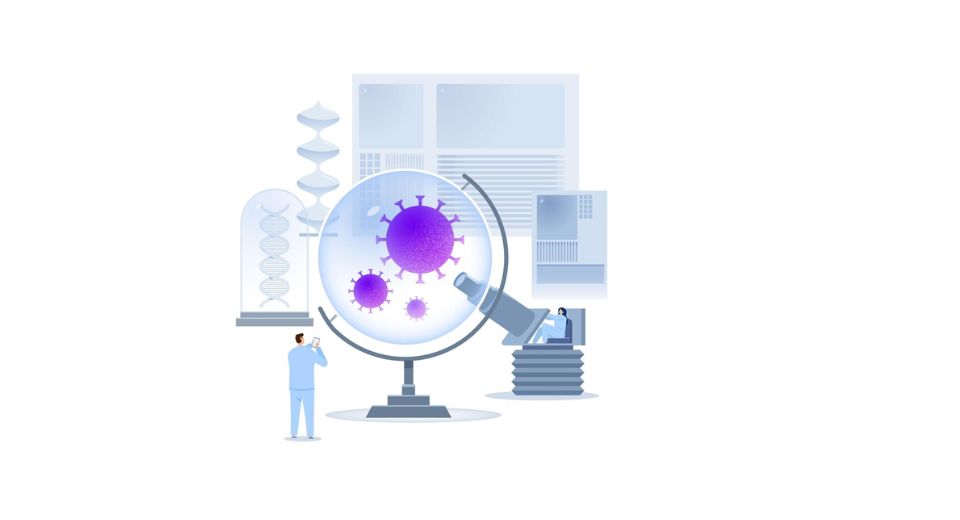
Feb 17, 2025

The thorough investigation of the global microbial air samplers market compiled by Metastat Insight elucidates their importance while making clear the contributions of these devices in air quality monitoring among different industries. A microbial air sampler is a special instrument for the detection and quantification of airborne microorganisms like bacteria, fungi, and viruses. Environmental hygiene is essential in the application of microbial air samplers in health care institutions, pharmaceutical industrial plants, food processing and beverage industries, and laboratories for research.
Recent global health emergencies in the past few years, with the most critical being COVID-19, have made airborne pathogen control an area of focus in monitoring air quality. Microbial air samplers have proved to be valuable assets in real-time detection and evaluation of the microbial load in air, enabling quick action against contamination threats.
Technological advances have increased efficiency and accuracy in microbial air samplers, with modern systems now capable of real-time data analysis, remote monitoring, and integration with building management systems. These technological innovations have extended the usability of microbial air samplers beyond the boundaries of traditional sites, thus being central parts of the smart building infrastructures and networks for urban air quality monitoring.
Pharmaceutical and biotechnology industries constitute a big part of the microbial air samplers market. In these industries, the maintenance of aseptic conditions is essential for consumers' safety and efficacy of products. Regulatory bodies enforce strict environmental monitoring protocols that employ microbial air samplers to prove any deviation from acceptable contamination levels. The data thus obtained are the basis for making crucial decisions on processes, quality control, and health standards compliance in a manufacturing environment.
The same goes for the food and beverage industry, which relies mostly on microbial air samplers to ensure that the products meet safety standards and quality levels. Contamination from airborne sources could render food products unsafe or spoiled and lead to health dangers for consumers. Routine monitoring of air could reveal the source of contamination, possible corrective actions, and adherence to established food safety regulations. In this way, public health is protected while strengthening brands to establish consumer trust.
Nosocomial infections are given the highest priority to prevent in healthcare centers, especially hospitals and clinics. Microbial air samplers are used to determine the air quality in critical areas such as operating rooms, intensive care units, and isolation wards. Continuous sampling aids in noticing the pathogenic microbes, allowing the healthcare provider to put into action necessary measures for infection control. This practice is vital for both patients and healthcare workers from major outbreaks of these airborne diseases.
The research and academic arena also uses microbial air samplers. They provide precise data on airborne microbial populations in microbiological studies, environmental monitoring, and bioaerosol research. This knowledge allows for understanding the dispersion patterns of microbes, the assessment of environmental health, and the framework for controlling the spread of infectious agents.
From this background, it can be noted that demands for microbial air samplers vary from region to region based on some criteria associated with industrial growth, urbanization, and education on air quality influence. Areas that are well developed with established bases in industries will and always have higher adoption rates, making the equipment commonly used. The increasing demand in emerging economies is being spurred on gradually by industrial growth and increasing awareness in the public and environmental health.
In the end, those advantages are always multiples over time for better product safety, regulatory compliance, and protection of public health than initial hurdles in setting high capital costs, not mention the requirement for experts to operate and maintain these devices. Furthermore, with technological innovations continuing to bloom, more friendly and economically feasible models are being developed. This will render the tools increasingly available to multiple divisions of industries.
On the whole, however, the world market for microbial air samplers is thus found to be growing quite steadily as the intensity continues to increase the public and private health awareness regarding air quality's impact on health and safety across a myriad of domains. The insights of Metastat Insight reveal the role that such devices play in monitoring and controlling airborne microbial contaminants. This further strengthens predictions regarding the adoption of modern microbial air sampling technology for cleaner air in various settings as industries move more towards environmental monitoring and public health.
Drop us an email at:
Call us on:
+1 214 613 5758
+91 73850 57479